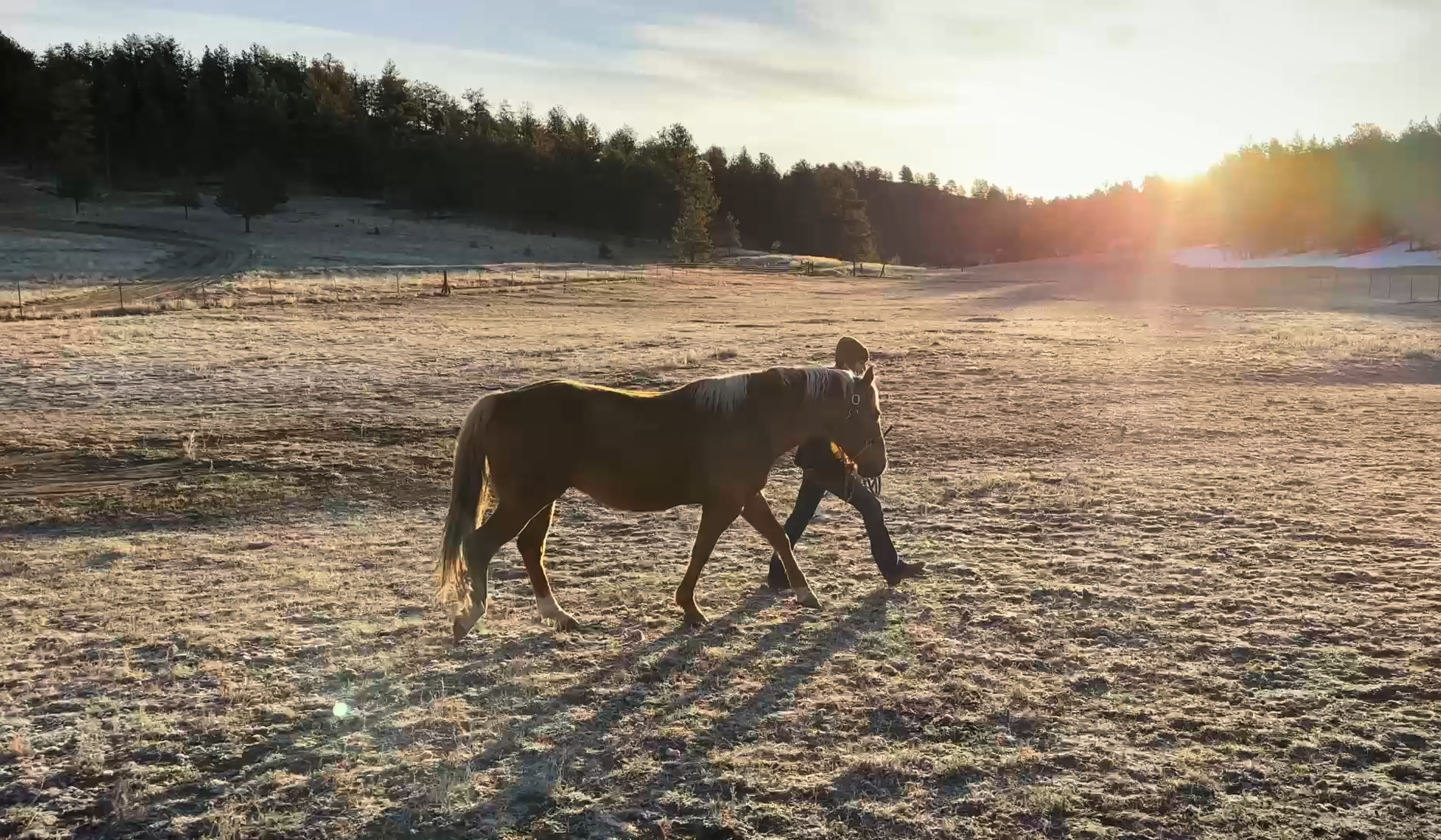Natural horsemanship training is a holistic approach to horse training that emphasizes the use of horse's natural instincts and behaviors to build a partnership between the horse and rider. It stands in stark contrast to more traditional methods, which often rely on physical force and harsh training methods. Natural horsemanship trainers aim to understand horse behavior and use this knowledge to train horses in a way that is respectful, gentle, and effective.
The natural horsemanship movement has gained significant traction in the horse industry over the years, thanks to high-profile practitioners like Monty Roberts, Pat Parelli, Ray Hunt, John Lyons, and Buck Brannaman. These trainers have been highly critical of harsher methods and have showcased how understanding horses' natural behaviors and communication can lead to more predictable results in training.
Many natural horsemanship trainers use techniques that avoid physical pressure and instead rely on body language, positive reinforcement, and sometimes even tools like a bitless bridle to communicate with horses. The idea is that horses learn better and more willingly when they are not afraid or in pain, making training a more enjoyable and fruitful experience for both the horse and the human.
The Parelli Program, founded by Pat Parelli, is one of the most well-known systems within the natural horsemanship movement. It focuses on foundation training that encourages good horsemanship and aims to develop a natural connection that respects the horse's natural instincts. This method, along with the teachings of other natural horsemanship advocates, stresses the importance of using common sense, patience, and a deep understanding of how horses perceive their world.
Natural horsemanship is not just about riding or training for a short period to obtain faster results; it's about building a lifelong relationship with horses. It involves learning how horses communicate, think, and react so that the trainer can work with the horse rather than against it. This approach leads to trained horses that are responsive, calm, and willing partners, whether they are free roaming horses or highly trained performance animals.
Critics of more traditional methods, which can sometimes involve physical force and negative reinforcement, argue that natural horsemanship offers a more humane and effective way to train horses. This methodology aligns with the evolving understanding of animal welfare and learning theory, highlighting that positive reinforcement and a gentle approach can solve problems and achieve the desired behavior without fear or aggression.
The popularity of natural horsemanship reflects a broader shift within the horse community towards more empathetic and informed horse care and training practices. Horse owners who embrace this approach often find that their horses are not just better behaved but also happier and more attuned to their human partners. This shift is not just a matter of personal preference but a reflection of a growing recognition of the importance of treating all animals, including horses, with respect and kindness.
In conclusion, natural horsemanship training and its advocates have significantly influenced the way many horse trainers and owners approach the training and care of their horses. By prioritizing the horse's natural instincts, fostering understanding and communication, and rejecting harsh training methods, natural horsemanship has set a new standard for what it means to practice good horsemanship. It's an approach that values the horse as a sentient being, capable of partnership and cooperation, and it continues to gain followers among those who seek a more respectful and effective way to train their horses.




























